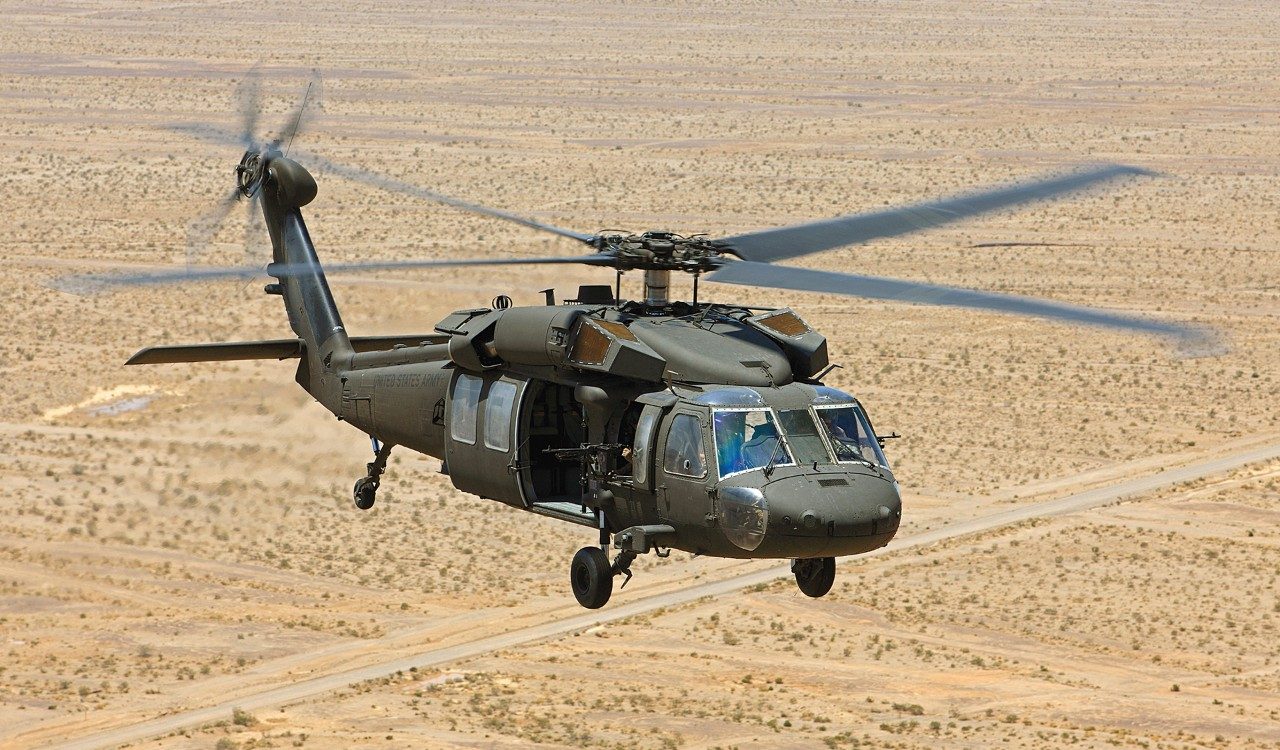UH 60 Helicopter Demystified: A Closer Check Out Its Advantages and Core Elements
The UH-60 helicopter, commonly shrouded in a veil of enigma, stands as a formidable airplane with a myriad of benefits that make it a crucial asset in both armed forces and noncombatant procedures. From its durable engine and propulsion system to its complex avionics and interaction devices, the UH-60 is a wonder of modern-day design.
Benefits of UH-60 Helicopter
The UH-60 helicopter sticks out for its extraordinary flexibility and dependability in a vast array of goals. Among its crucial advantages is its ability to adjust to numerous duties, such as troop transport, clinical discharge, search and rescue, and combat assistance. This flexibility makes it an important possession to military pressures worldwide. An additional benefit of the UH-60 is its remarkable efficiency abilities. With a leading rate of over 150 knots and a variety of about 320 nautical miles, the UH-60 can swiftly transport personnel and equipment over fars away. Furthermore, its innovative avionics and navigating systems boost situational awareness, enabling pilots to operate safely in varied atmospheres, including adverse climate problems and harsh surfaces. In addition, the UH-60's durable construction and effective engines contribute to its integrity, making certain that it can properly perform missions in also the most tough conditions. In general, the UH-60 helicopter's adaptability, performance, and integrity make it a preferred option for a variety of functional needs.

Engine and Propulsion System
Engineered to push the UH-60 helicopter via the skies with precision and power, the engine and propulsion system form an essential component of its operational effectiveness. The UH-60 is powered by 2 General Electric T700-GE-701D engines, each efficient in providing up to 1,890 shaft horse power. This engine arrangement not just gives the required thrust for the helicopter's lift and forward activity yet additionally makes certain redundancy for security in case one engine falls short. The UH-60's propulsion system includes a four-bladed major rotor system and a tail blades, which function in tandem to supply stability, maneuverability, and control during trip. The primary blades creates lift, while the tail blades counteracts the torque produced by the major blades to avoid the helicopter from spinning frantically. With each other, the engine and propulsion system allow the UH-60 to carry out a vast array of missions, consisting of troop transport, medical discharge, and search and rescue operations, with integrity and effectiveness.

Avionics and Communication Tools
Avionics and interaction tools play a critical duty in boosting the operational capabilities and situational understanding of the UH-60 helicopter. uh-60 blackhawk. The UH-60 is equipped with innovative avionics systems that include digital screens, interaction radios, navigating systems, and mission-specific tools. These systems provide the aircrew with essential information such as airplane efficiency data, navigation advice, weather updates, and interaction networks to engage with ground control and various other airplane
One secret part my link of the avionics suite is the Multi-Function Display (MFD), which consolidates vital trip info onto a solitary screen, minimizing the pilot's workload and boosting situational awareness. The UH-60 also includes an advanced communication system that permits seamless control in between team participants and outside agencies.
Additionally, the helicopter is geared up with radar systems for surface mapping and hazard detection, improving its capacity to operate in varied atmospheres. In general, the combination of cutting-edge avionics and communication tools guarantees learn this here now that the UH-60 stays a highly capable and reliable system for a wide variety of missions.
Structural Layout and Products
Including innovative materials and ingenious style methods, the architectural integrity of the UH-60 helicopter is maximized for performance and toughness. The UH-60's airframe is primarily constructed from light-weight yet durable materials such as aluminum and compound fibers. These products provide a high strength-to-weight ratio, crucial for guaranteeing the helicopter's ability to move go now and structural resilience during trip procedures.
The helicopter's primary rotor blades are usually made from composite materials, providing improved stamina and exhaustion resistance contrasted to traditional metal blades (uh-60 blackhawk). This layout option contributes to boosted aerodynamic performance and minimizes upkeep requirements in time

Role in Military and Civilian Operations
The architectural design and products of the UH-60 helicopter play an essential role in establishing its efficiency and flexibility in both army and private procedures. In army setups, the UH-60, additionally understood as the Black Hawk, offers a broad array of important features.
In private procedures, the UH-60 is generally employed for emergency medical services, firefighting, police assistance, catastrophe alleviation initiatives, and search and rescue goals. Its ability to promptly transport personnel and cargo to remote or otherwise unattainable places has verified critical in conserving lives and giving essential assistance during emergencies. The UH-60's reliability and adaptability make it a favored option for different private organizations seeking effective and reliable airborne support.
Final Thought

Comments on “The Advancement of UH-60 Blackhawk Helicopter Modern Technology”